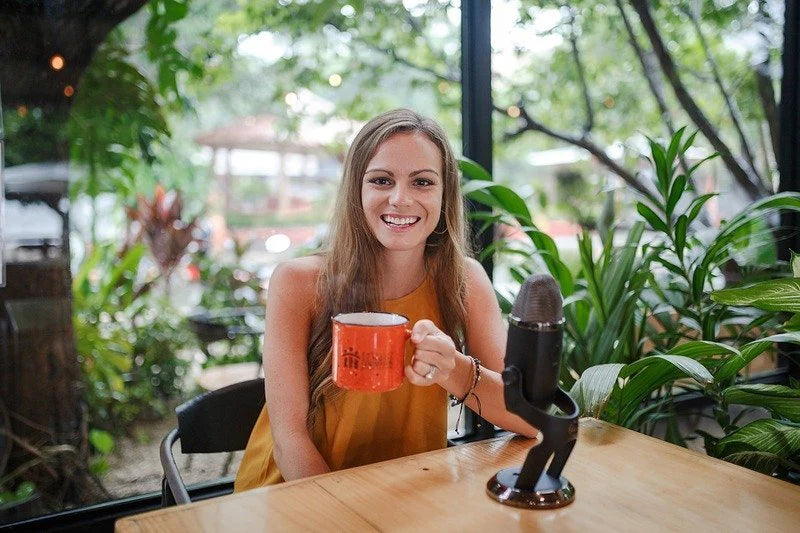270. ICYMI Proactive Bullying Prevention: Conflict Resolution Strategies

Listen to the full episode below:
Welcome back to School Counseling Simplified. Since October is Bullying Prevention Month, this episode focuses on practical conflict resolution strategies you can use at the schoolwide, classroom, and small group levels. If you have not listened to last week’s episode on restorative circles, start there for helpful background on resolution circles and community-based approaches. Today we build on that foundation with tangible tools you can use right away to help students resolve, forgive, and repair relationships.
What you will learn in this episode
-
How to use classroom-based activities to teach conflict resolution skills
-
A simple script for I statements that students can use to express feelings and seek solutions
-
Engagement strategies for role play, discussion, and practice
-
Small group activities and curricula that support peer problem solving
-
Steps to take when a student is referred to you after a conflict
Classroom strategies
Talk it out circle
-
Use a classroom circle where two students resolve a conflict in front of their peers while the teacher or counselor facilitates a respectful discussion.
-
This model teaches the whole class how to listen, reflect, and offer support.
Counselor push-ins
-
Join the classroom for a lesson or mediation session, while the teacher and student exit the classroom to resolve a conflict.
I statement lessons
-
Teach a simple I statement script: name the emotion, describe the incident, explain how it made you feel, and suggest a next step toward resolution.
-
Use dry erase boards with fill-in-the-blank templates for practice.
-
Post I statement language on classroom walls and in common areas so students have visible reminders.
Role play and scenario practice
-
Break students into small groups and use scenario cards to role play common friendship conflicts.
-
Incorporate charades, fishbowl exercises, or paired practice to make skills stick.
Small group ideas
-
Run a conflict resolution group using discussion dice or conversation cards to guide reflection.
-
Include hands-on activities or crafts that reinforce communication skills and empathy.
-
Consider curricula like Kelso’s Choices to teach problem-solving options for peer conflicts.
When students are referred after a conflict
-
Start by identifying the source of the conflict. Ask why this keeps happening and what the underlying triggers are.
-
Take time to get a full picture before deciding on a plan so you do not cycle through the same issues repeatedly.
-
Use data from observations, teacher input, and student self-report to refine your intervention.
Action steps you can take today
-
Teach and practice one I statement template with a class.
-
Try a short talk it out circle during your next classroom visit.
-
Create or print an I statement poster to display in classrooms and common areas.
Resources Mentioned:
-
Bringing Restorative Practices to Your School By Laura McClure
-
Check out the Kelso music video on YouTube: It’s Your Choice Baby
Connect with Rachel:
More About School Counseling Simplified:
School Counseling Simplified is a podcast offering easy to implement strategies for busy school counselors. The host, Rachel Davis from Bright Futures Counseling, shares tips and tricks she has learned from her years of experience as a school counselor both in the US and at an international school in Costa Rica.
You can listen to School Counseling Simplified on Apple Podcasts, Spotify, Google Podcasts, and more!
SHARE:


